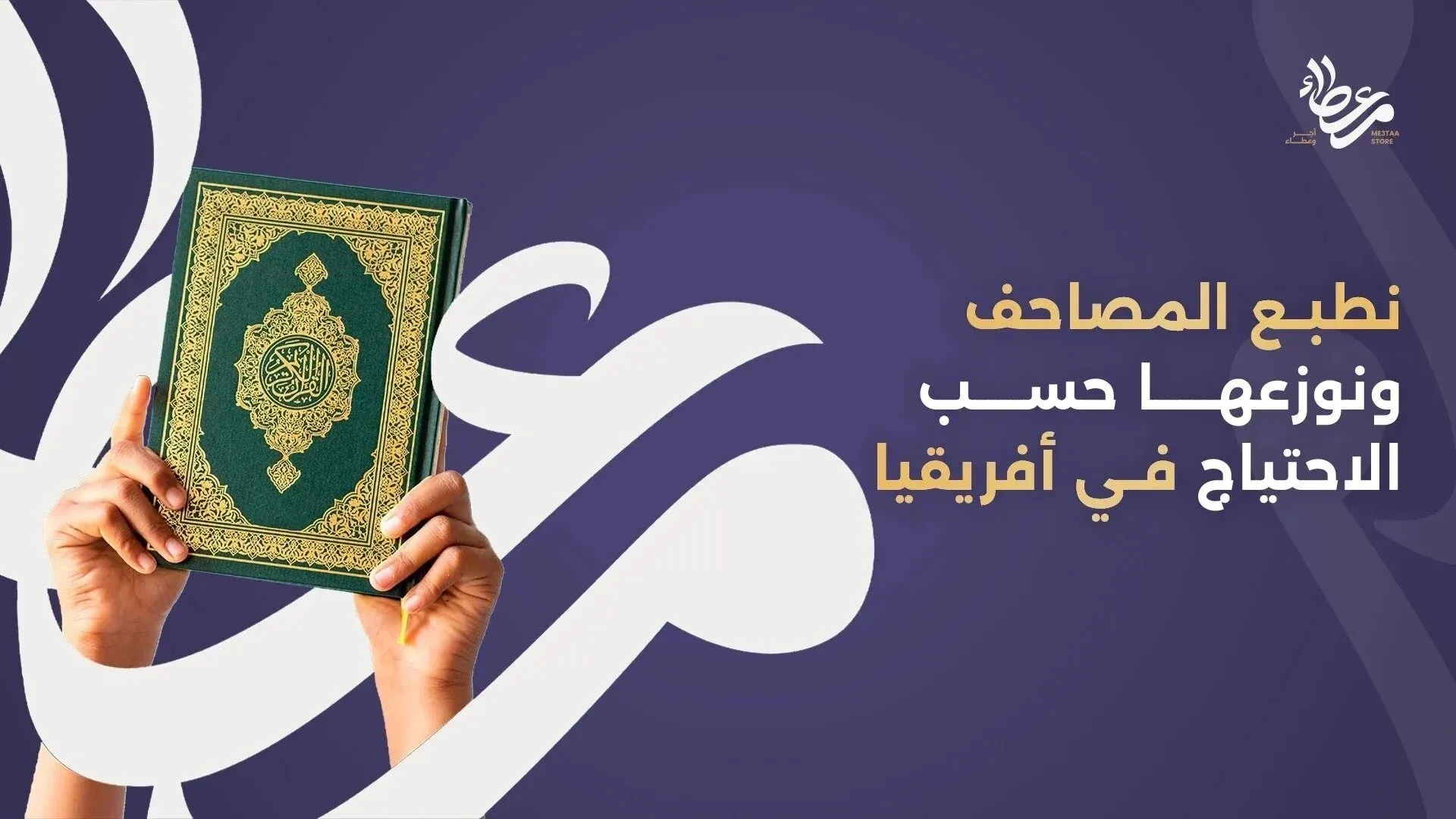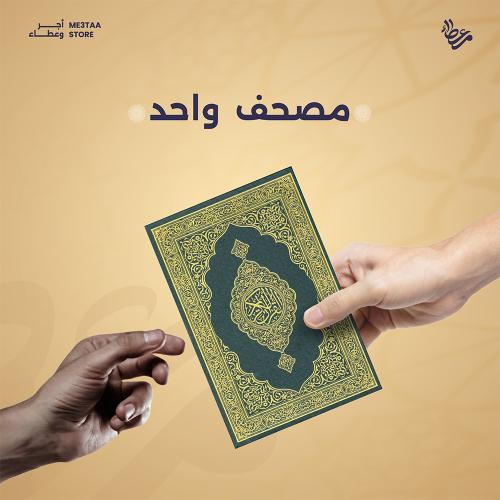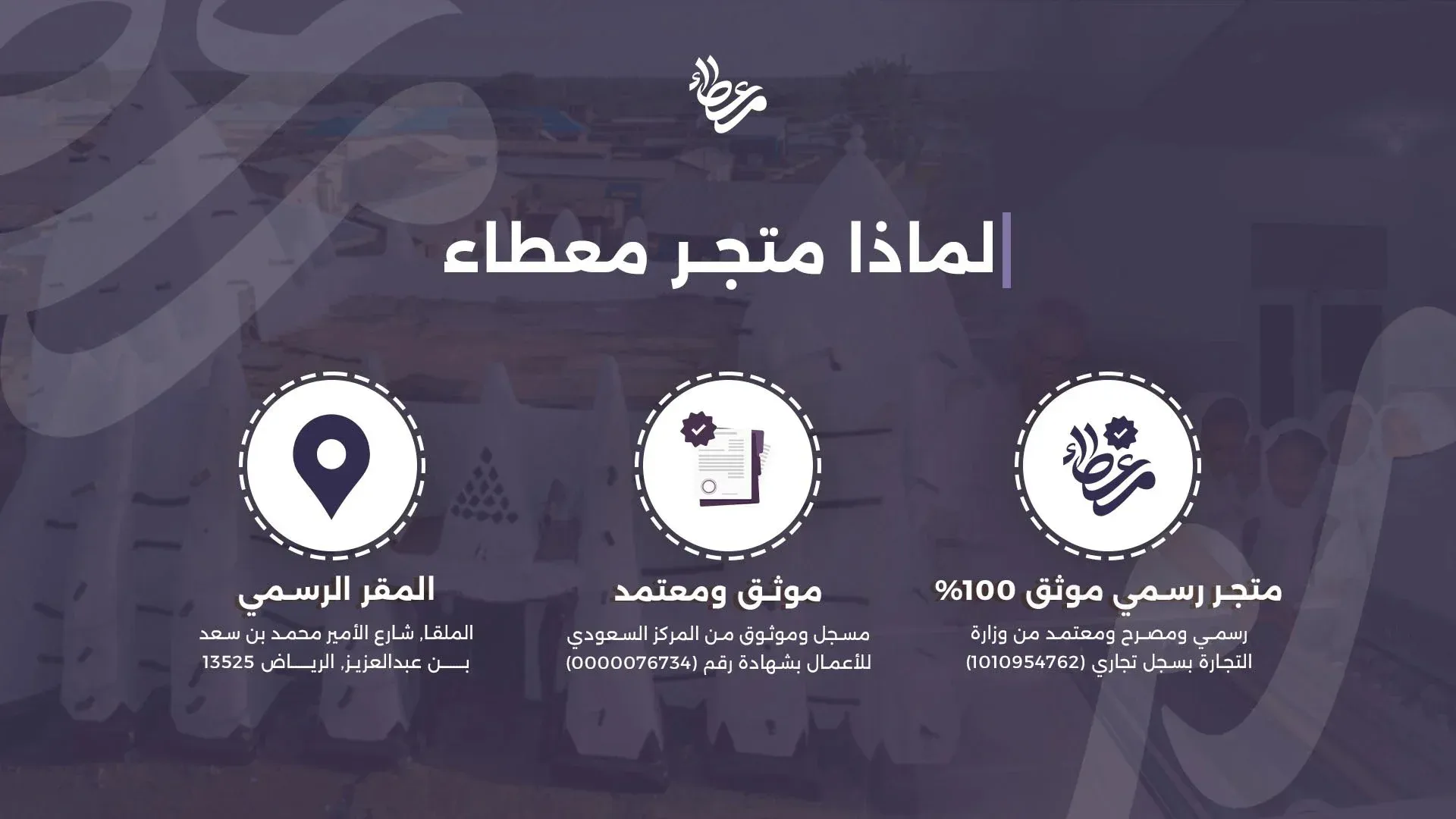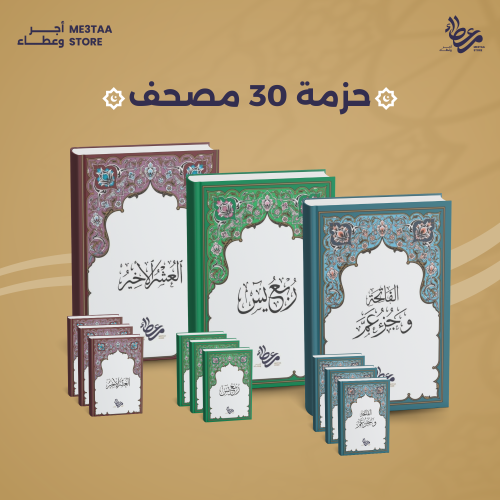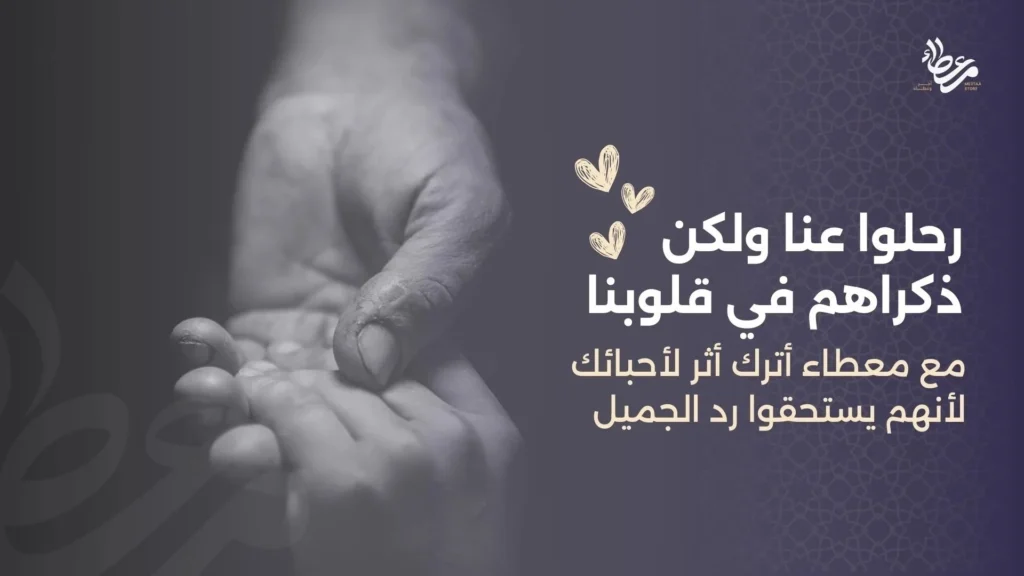For millions of Muslims and curious seekers worldwide, Quran translation bridges the gap between the majestic Arabic text and the vast diversity of human languages. Whether you are a new Muslim striving to understand your faith, a non-Muslim exploring Islamic teachings, or a seasoned student of tafsir who wishes to compare renderings, this comprehensive guide will walk you through everything you need to know. From the history and methodology of translating the Qur’an to practical tips on choosing a trustworthy edition, we will cover it all and provide actionable resources—including links to online Qur’an platforms and advice on how to buy a Qur’an in your preferred language.
The Essence of Quran Translation
Before diving in, it is crucial to remember that any translation of the Qur’an is, by scholarly consensus, a human interpretation of meaning rather than the literal Word of Allah. The original Arabic—rich, concise, and multilayered—carries rhetorical devices and nuances that defy perfect replication. As such, a translated text is best viewed as an aid to comprehension, never a substitute for the Arabic revelation. That said, high-quality translations remain indispensable tools for:
- Studying creed, ethics, and law when Arabic is not your first language.
- Introducing Islam to non-Muslims in a clear, accessible format.
- Supporting memorization by providing context and thematic coherence.
- Facilitating interfaith dialogue and academic research, as practiced in institutions like Yale Islamic Studies and IIUM.
A Brief History of Quran Translation
The early Muslims were cautious about translating the Qur’an, fearing distortion. Yet as Islam spread beyond Arabia, scholars recognized a need to convey the message in local tongues. Key milestones include:
- 7th–10th centuries: Partial Persian and Berber paraphrases used for da‘wah.
- 12th century: Latin translation by Robert of Ketton, later influential in Europe.
- 17th century: ‘Ala al-Din opens the era of Ottoman Turkish renderings.
- 19th century: The first complete English rendition by George Sale, soon followed by Muslim scholars like Abdullah Yusuf Ali.
- 20th–21st centuries: Dramatic growth in global translations—including Chinese, Swahili, and Braille—supported by bodies such as King Fahd Qur’an Printing Complex and The Islamic Foundation UK.
Today, more than 150 languages host at least one complete translation, testifying to the Qur’an’s universal relevance.
Core Principles and Challenges in Quran Translation
Translators face a delicate task: preserving the letters’ sanctity while rendering the spirit intelligibly. They must grapple with:
- Polysemy: Arabic terms often carry multiple, context-dependent layers of meaning (rahmah, taqwā).
- Syntax and brevity: Qur’anic sentences can be elliptical, omitting phrases understood by native speakers but puzzling to others.
- Rhetorical devices: Chiasmus, parallelism, and sound play lose potency if translated word-for-word.
- Doctrinal accuracy: Avoiding theological bias is paramount. Institutions such as Al-Azhar provide vetting for doctrinal consistency.
- Cultural resonance: Metaphors like “grain of mustard seed” must feel organic in the target language without sacrificing literal fidelity.
These challenges have yielded three broad strategies:
- Literal (word-for-word) approach: e.g., M. M. Pickthall’s translation. Great for scholars but can be archaic.
- Dynamic equivalence: Prioritizes readability (e.g., Muhammad Asad’s “The Message of the Qur’an”).
- Thematic paraphrase: Summaries or children’s versions highlight concepts over lexical fidelity.
How to Choose a Reliable Quran Translation
With tablets and bookstores brimming with options, it is easy to feel overwhelmed. Use this seven-point checklist:
- Scholarly Review: Look for endorsements from recognized bodies such as Saudi MOIA or OIC.
- Translator Credentials: Are they proficient in both Classical Arabic and the target language?
- Footnotes & Tafsir: Annotations referencing Sunnah and classical exegesis (Ibn Kathir, al-Tabari) add depth.
- Language Clarity: Modern syntax aids comprehension; archaic “thou” language suits historical interest.
- Edition Quality: Acid-free pages, clear Arabic script, and parallel layout facilitate study.
- Digital Availability: Sites like Tanzil offer synchronized Arabic/translation recitations.
- Community Feedback: Ask your local imam or check academic reviews (islamicstudies.info).
If you plan to keep a personal library or gift a Mushaf, see our Qur’an Purchase Guide for detailed tips.
Recommended English Translations at a Glance
| Translator | Approach | Ideal For |
|---|---|---|
| Sahih International | Balanced literal & dynamic | Daily reading, memorization support |
| The Clear Qur’an (Khan/Mustafa Khattab) | Contemporary, fluent | New Muslims, youth |
| Abdul Haleem | Flowing narrative | Academic courses, literary analysis |
| Muhammad Pickthall | Literal, dignified | Textual comparison |
For Arabic speakers seeking English aid, a parallel edition from Islamic Relief can serve dual purposes: charity support and personal study.
Learning Through Quran Translation: Practical Strategies
1. Parallel Reading Routine
Open your mushaf on the right page and an English translation on the left. Recite one verse aloud, then study its translated meaning. This anchors vocabulary (an LSI keyword: Quranic Arabic) and fosters reflective pondering (tadabbur).
2. Thematic Study & Tafsir Integration
Take a theme—“mercy,” “justice,” or aqeedah—and trace it through the Qur’an using indexed translations on Quran.com. Pair each verse with footnotes in academic tafsir volumes from Vision 2030–funded research projects.
3. Memorization Support
Translations help visualize captivation scenes of paradise or warnings of the hereafter, improving recall. Many Hajj guides now include bilingual pocket Qur’ans for pilgrims.
Digital Resources for Quran Translation Enthusiasts
- IslamicStudies.info: side-by-side Arabic, transliteration, and multiple translations.
- Tanzil: verified Arabic text with search and audio.
- Quran.com: sleek interface, highlighting function, mobile apps.
- King Abdulaziz Public Library: digitized rare translations in Swahili, French, and Urdu.
- IsDB open-source translation project hub.
The Role of Quran Translation in Da‘wah and Social Impact
Accessible translations empower humanitarian organizations such as Qatar Charity to distribute Qur’ans in disaster zones. In Africa, initiatives by Miataa have funded over 100,000 translated copies, easing literacy barriers and strengthening social cohesion.
Consider contributing: our Order Qur’an Online page allows bulk purchases for schools, prisons, or refugee camps.
The Future of Quran Translation
Artificial Intelligence is beginning to streamline initial drafts, while human experts refine theology and style. Collaborative platforms driven by Saudi Press Agency data feeds leverage crowd-sourced error detection. Vision 2030 targets include producing voice-synchronized sign-language translations for the deaf community.
Emerging Trends
- Interactive Mushaf: QR codes linking each verse to video tafsir.
- Augmented Reality: Real-time vocabulary pop-ups for Arabic learners.
- Micro-Local Translations: Dialect-specific versions fostering inclusivity.
Yet, with innovation comes responsibility. Regulatory frameworks by KAPL and academic oversight from Yale Islamic Studies safeguard authenticity.
Where to Buy Quality Qurans Locally
Curious about finding a Qur’an store in your neighborhood? Our cornerstone article—“Quran Shop Near Me: Your Guide to Finding Quality Qur’ans Locally”—maps certified sellers, compares price ranges, and reviews binding options. Whether you need a deluxe leather mushaf or an affordable paperback translation, it is the definitive guide.
Additional resources on our site:
Case Study: Translation Outreach in Africa
In villages across Uganda and Ghana, Miataa volunteers partnered with local imams to distribute translations in English, Hausa, and Swahili. Within six months, Qur’an literacy classes doubled attendance, and interfaith harmony improved. Community leaders cited the clarity of the translation as key to dispelling misconceptions.
Conclusion
Qur’an translation is more than a linguistic exercise; it is an invitation to reflect, practice, and share divine guidance. By choosing reputable editions, engaging with tafsir, and supporting distribution initiatives, you play a role in illuminating hearts worldwide. Remember: the translation aids your journey, while the original Arabic remains the unaltered Word of Allah—perfect, preserved, and recited across centuries.
FAQ
1. Is reading a translation enough for daily worship?
No. Ritual recitation in prayer must be in Arabic, but a translation helps you understand what you recite and enhances khushu‘ (devotion).
2. Which English translation is closest to the Arabic?
There is no single “closest,” yet Sahih International and Abdul Haleem are widely praised for balancing accuracy and readability. Always consult multiple editions and scholarly tafsir.
3. How can I verify that a translation is authentic?
Look for endorsements by recognized Islamic institutions (e.g., Al-Azhar) and cross-check verses on trusted sites like Quran.com.
4. Are digital translations permissible to read on a phone?
Yes. Many scholars allow reading from apps provided you maintain ritual purity when touching Arabic text and avoid disrespectful environments.
5. How do I donate Qur’ans in translation?
Visit our Order Qur’an Online page for bundles ranging from 3 to 85 copies, or partner with charities like Islamic Relief and Qatar Charity.


